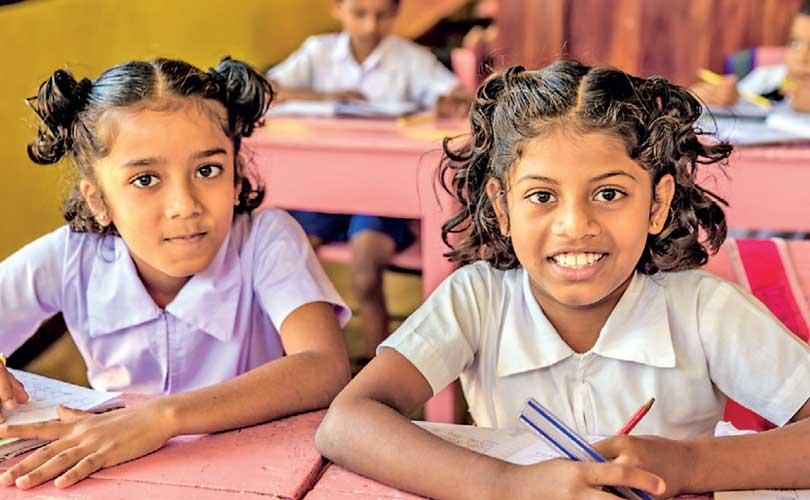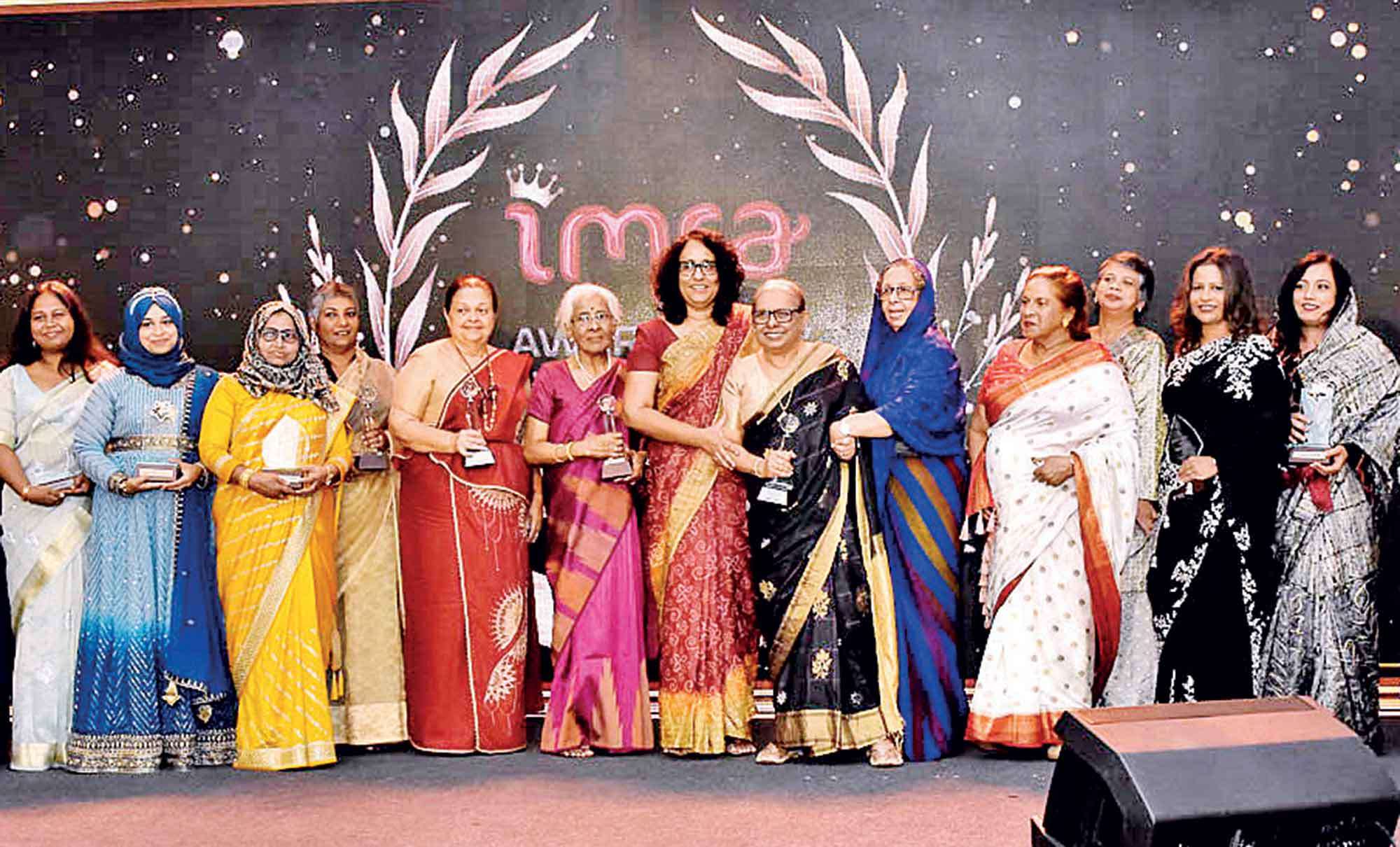

Sri Lanka stands at a pivotal moment in its public health journey, grappling with a triple burden of malnutrition, undernutrition, overnutrition (obesity), and micronutrient deficiencies. While Sri Lanka has long been associated with undernutrition, the country is now facing rising obesity rates and growing concerns over hidden hunger. This shift in the nutrition landscape has been driven by evolving dietary patterns, economic challenges, and lifestyle changes, making malnutrition a pressing national issue.
Undernutrition refers to inadequate intake of calories and nutrients, leading to stunted growth, low immunity, and increased susceptibility to disease. Overnutrition, on the other hand, results from excessive calorie consumption, contributing to obesity and associated non-communicable diseases such as diabetes and hypertension. Meanwhile, micronutrient deficiencies, often termed “hidden hunger,” occur when essential vitamins and minerals like iron, iodine, and vitamin A are lacking in the diet, even if overall calorie intake is sufficient.
The Impact of COVID-19 on Malnutrition
The COVID-19 pandemic significantly accelerated malnutrition in Sri Lanka. Lockdowns and economic downturns led to widespread food poverty, increasing undernutrition, particularly among vulnerable communities. Simultaneously, the shift towards remote work, sedentary lifestyles, and food delivery services such as UberEats and PickMe food contributed to a rise in overnutrition. Increased screen time, junk food advertising, and stress eating led to poor dietary habits. The pandemic also worsened mental health, leading to higher alcohol consumption and emotional eating, further escalating obesity rates. Children faced growing food insecurity due to economic hardships, leading to increased cases of growth faltering, underweight, and stunting. Conversely, urban children became more prone to obesity due to excessive consumption of processed and fast foods.
The Role of Social Media in Nutrition Misinformation
Social media has become both a valuable resource and a major challenge in tackling malnutrition. While it provides access to health information, it has also contributed to:
Misinformation about nutrition, leading to unhealthy eating habits.
Toxic diet culture, encouraging restrictive eating and disordered behaviours.
Unrealistic body image expectations, pressuring individuals into harmful weight loss practices.
Junk food advertisements, influencing dietary habits, particularly among children.
Over time, these issues contribute to micronutrient deficiencies, worsening the triple burden of malnutrition.
Changing Dietary Patterns and Lifestyle Behaviours
Urbanisation, shifting income levels, and aggressive marketing of unhealthy foods have transformed traditional Sri Lankan diets, leading to:
A decline in home-cooked meals, replaced by convenience foods high in sugar, salt, and unhealthy fats.
Unbalanced portion sizes, where traditional rice and curry meals often contain excessive carbohydrates with minimal protein or vegetables.
Increasingly sedentary lifestyles, with higher screen time and desk jobs leading to fewer calories burned and weight gain.
These lifestyle changes have heightened risks for obesity-related illnesses, including diabetes, hypertension, and heart disease.
Maternal and Childhood Malnutrition: A Policy Concern
Childhood Malnutrition
According to the Demographic and Health Survey (DHS), approximately 17% of children under five are stunted, while childhood obesity has nearly doubled over the past decade. The rise in childhood obesity is closely linked to increasing junk food consumption and declining physical activity.
Maternal Malnutrition
According to the 2019 Sri Lanka Demographic and Health Survey (DHS), 16.7% of pregnant women were underweight, while 32.6% were overweight or obese. This nutritional imbalance poses health risks for both mothers and infants.
How Can Sri Lanka Reduce the Burden of Malnutrition?
A multi-disciplinary approach is crucial in addressing malnutrition. Key strategies include:
1. Nutrition Education at All Levels: Schools, workplaces, community centres, and hospitals should actively promote nutrition literacy.
2. Effective Execution of National Strategies
Increase public awareness of food labelling and existing policies.
Use infographics and posters in all three languages in public spaces to educate consumers.
3. Regulating Junk Food Advertising: Strengthen policies to limit the marketing of unhealthy foods, particularly those targeting children.
4. Making Healthy Local Food More Accessible and Affordable
Support local farmers and markets to improve the availability of fresh, nutritious foods.
Implement subsidies and pricing strategies to make healthy options more affordable.
Promote sustainable food systems that prioritize local produce over imported processed foods.
Final Thoughts
Sri Lanka’s nutrition crisis extends beyond food, it requires education, policy enforcement, and systemic reform. Without immediate action, malnutrition in all its forms will continue to rise, affecting future generations. A collaborative effort involving the government, healthcare professionals, educators, and the public is vital to create a healthier Sri Lanka.

 Sri Lanka stands at a pivotal moment in its public health journey, grappling with a triple burden of malnutrition, undernutrition, overnutrition (obesity), and micronutrient deficiencies. While Sri Lanka has long been associated with undernutrition, the country is now facing rising obesity rates and growing concerns over hidden hunger. This shift in the nutrition landscape has been driven by evolving dietary patterns, economic challenges, and lifestyle changes, making malnutrition a pressing national issue.
Sri Lanka stands at a pivotal moment in its public health journey, grappling with a triple burden of malnutrition, undernutrition, overnutrition (obesity), and micronutrient deficiencies. While Sri Lanka has long been associated with undernutrition, the country is now facing rising obesity rates and growing concerns over hidden hunger. This shift in the nutrition landscape has been driven by evolving dietary patterns, economic challenges, and lifestyle changes, making malnutrition a pressing national issue.










